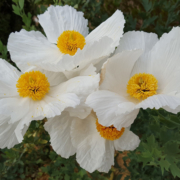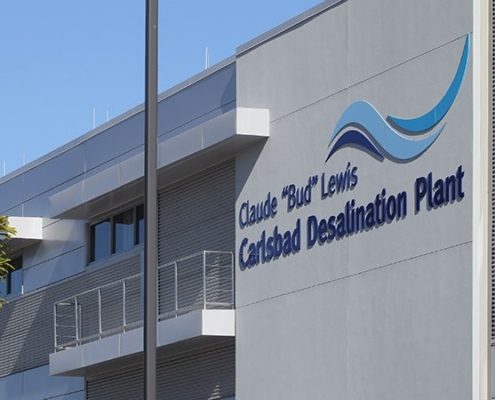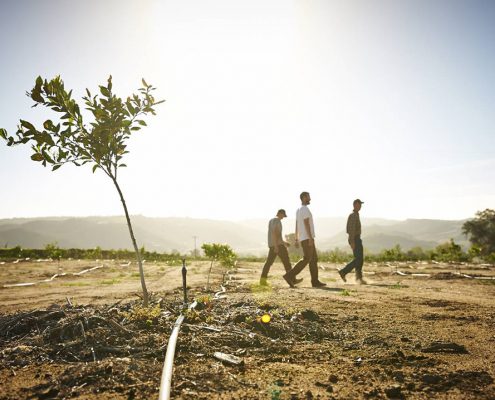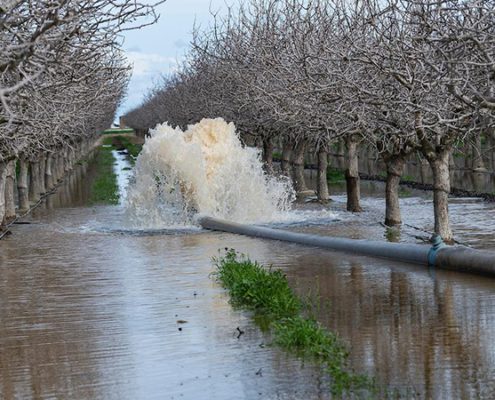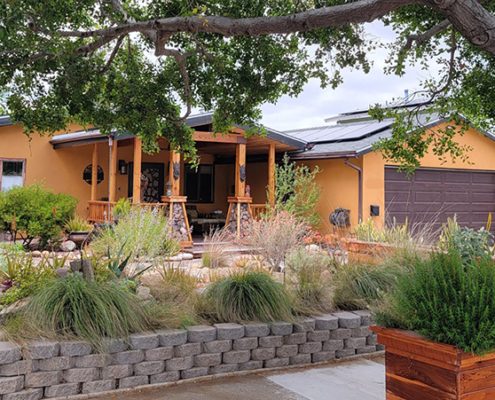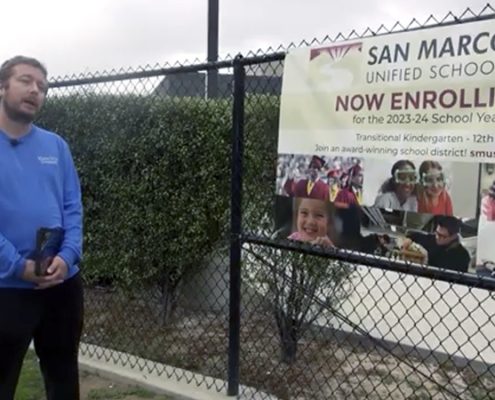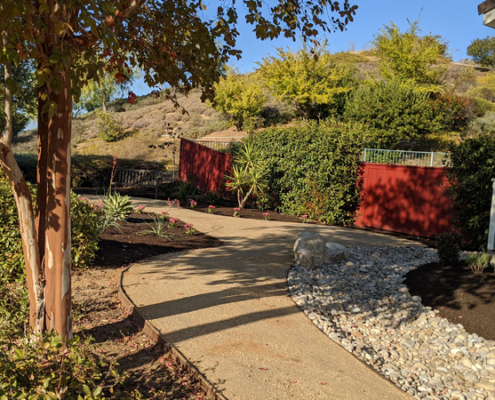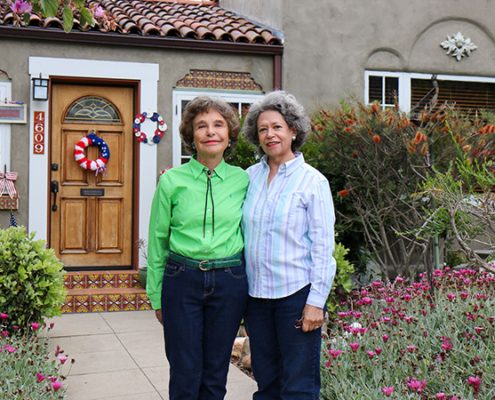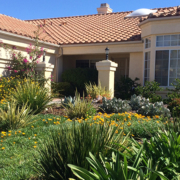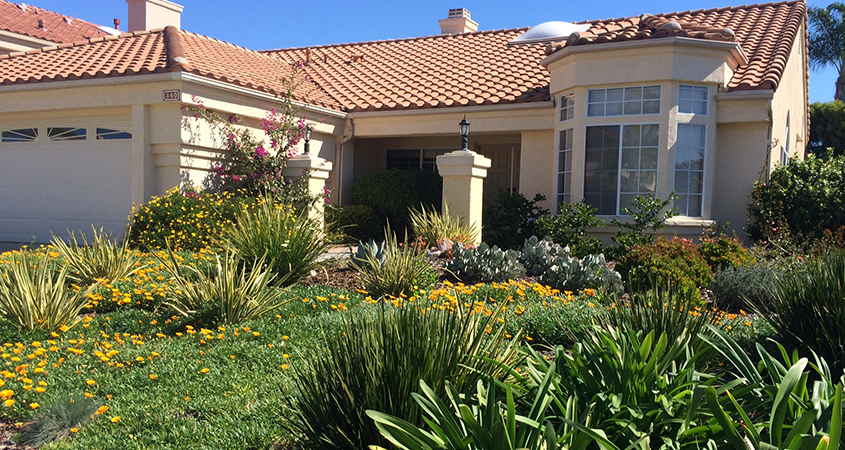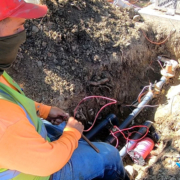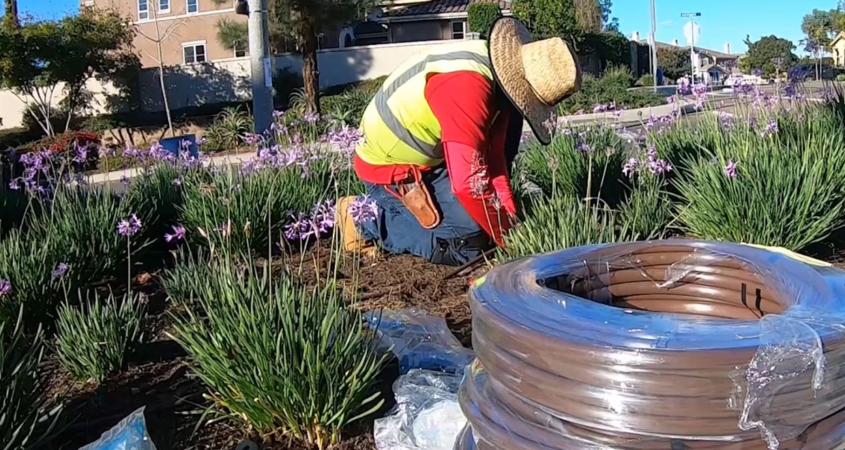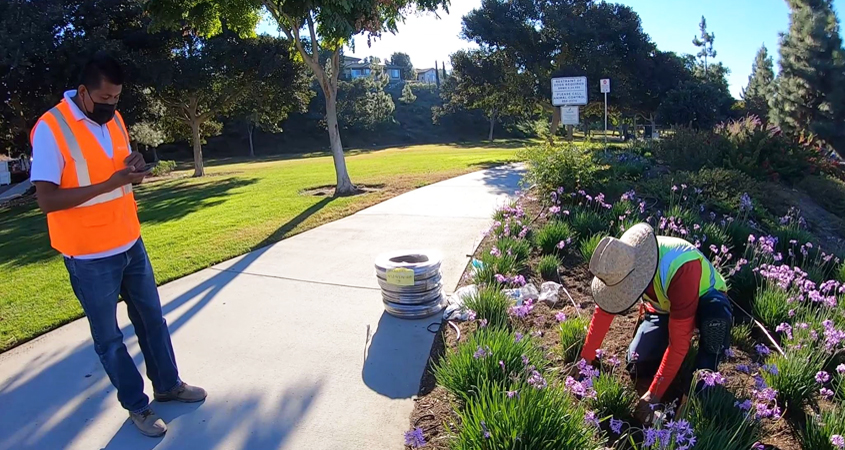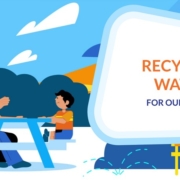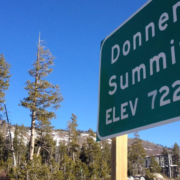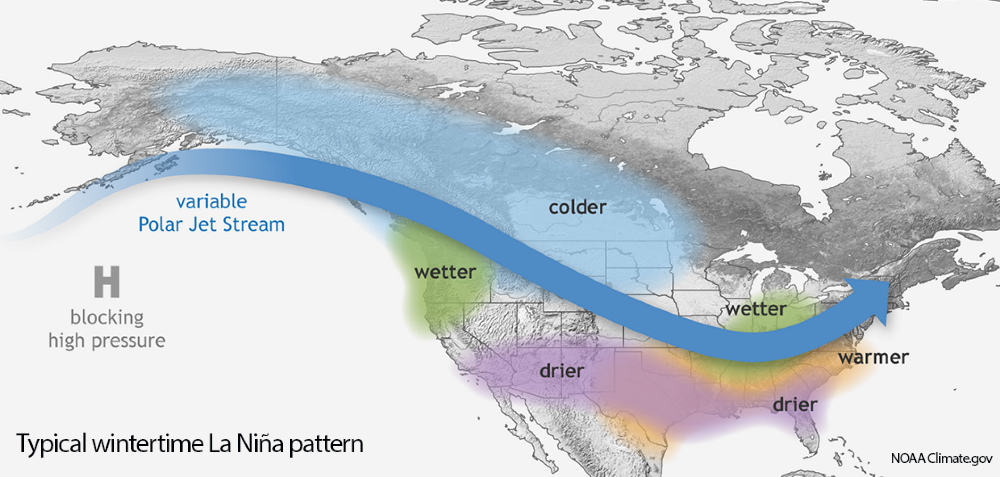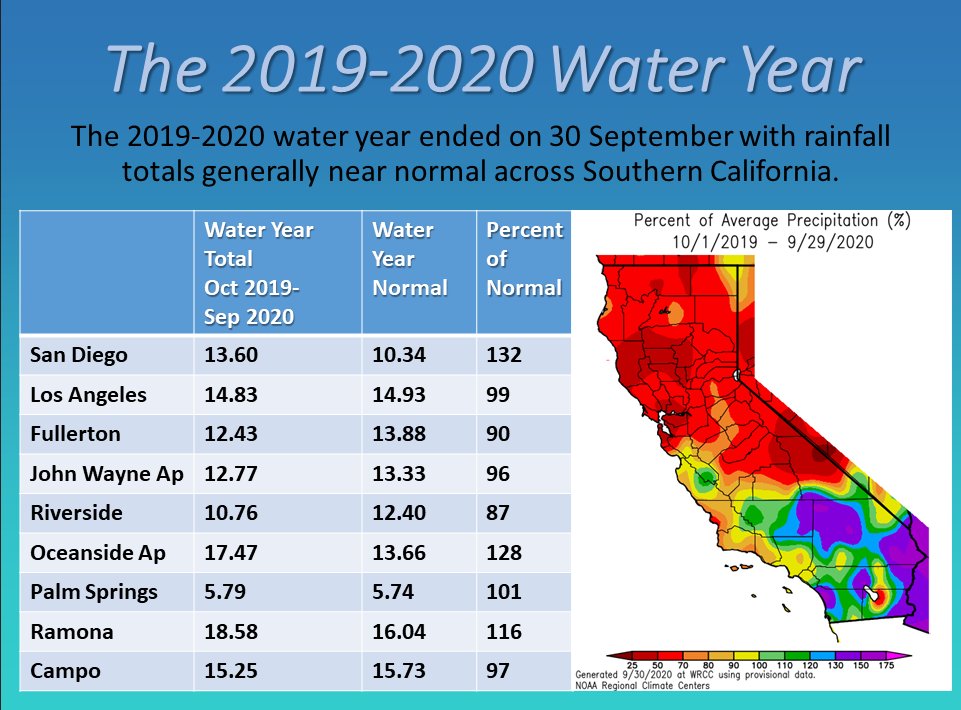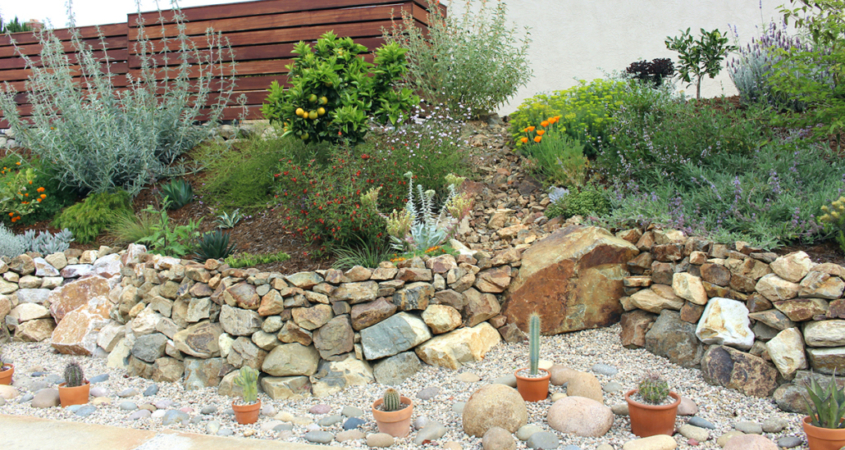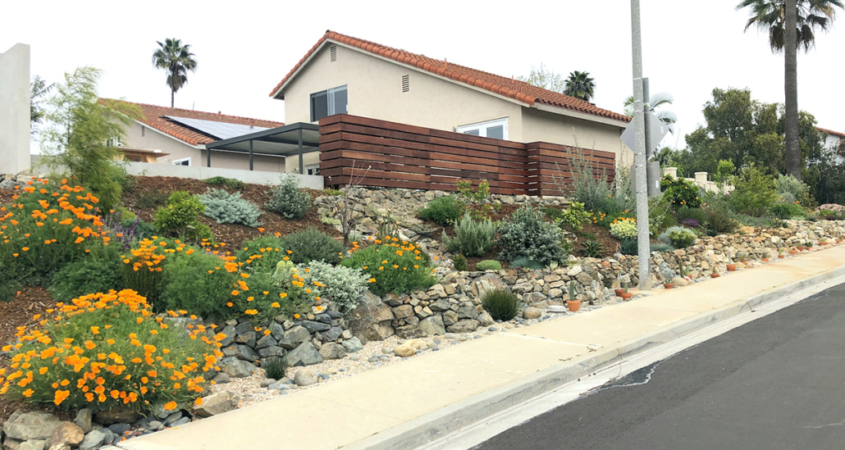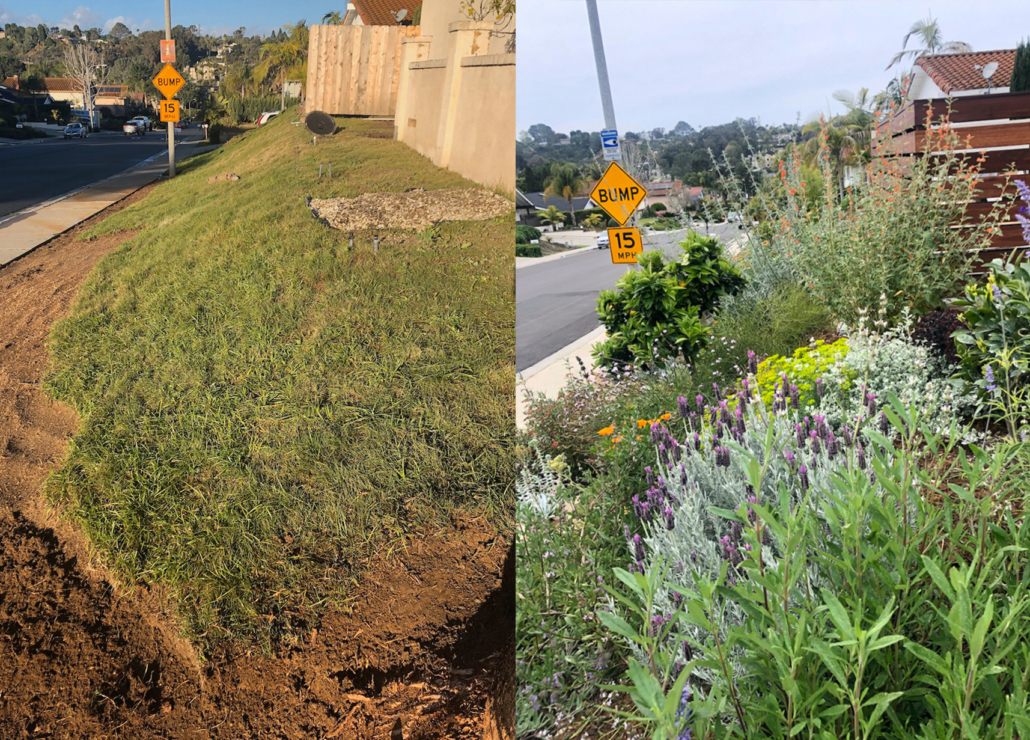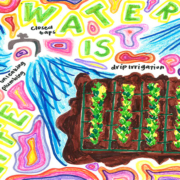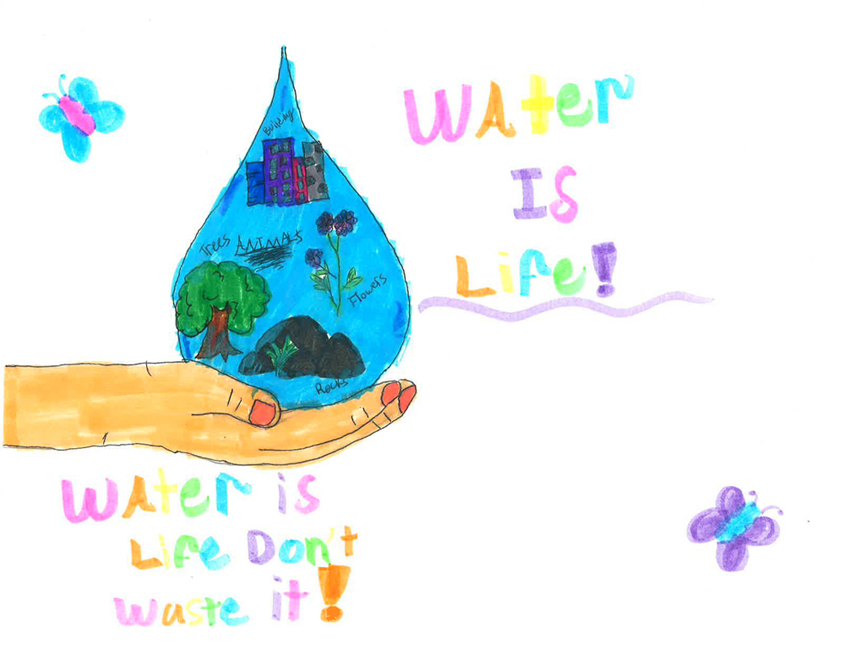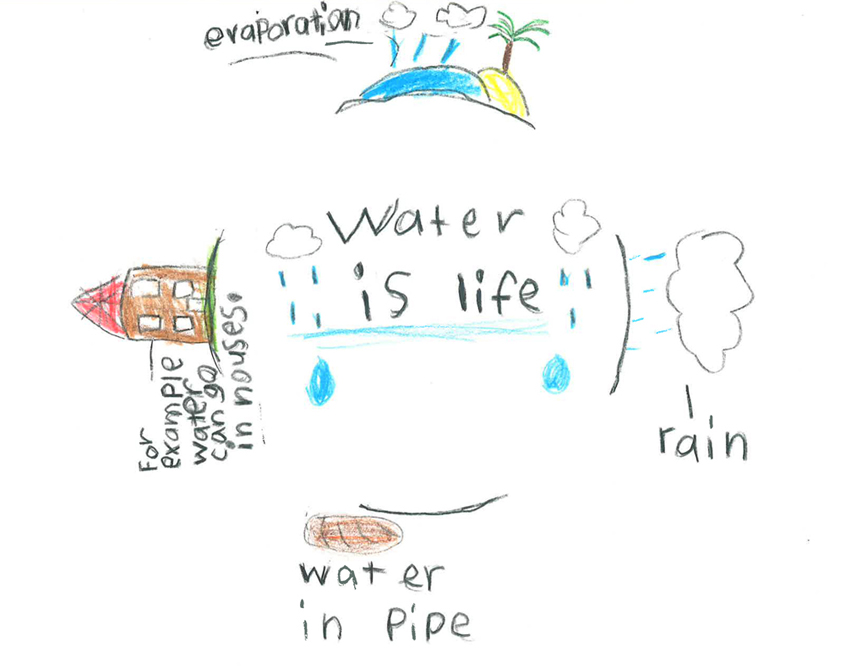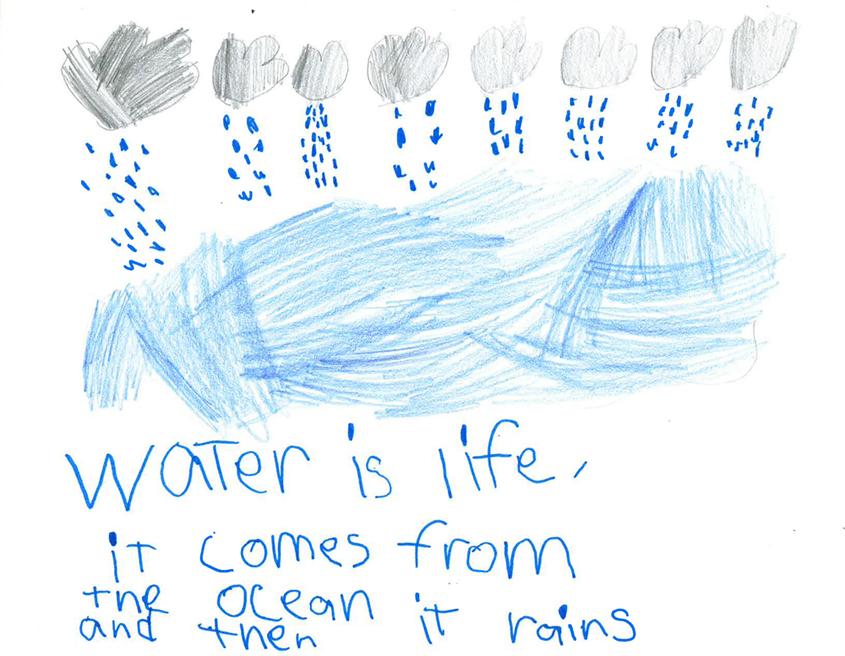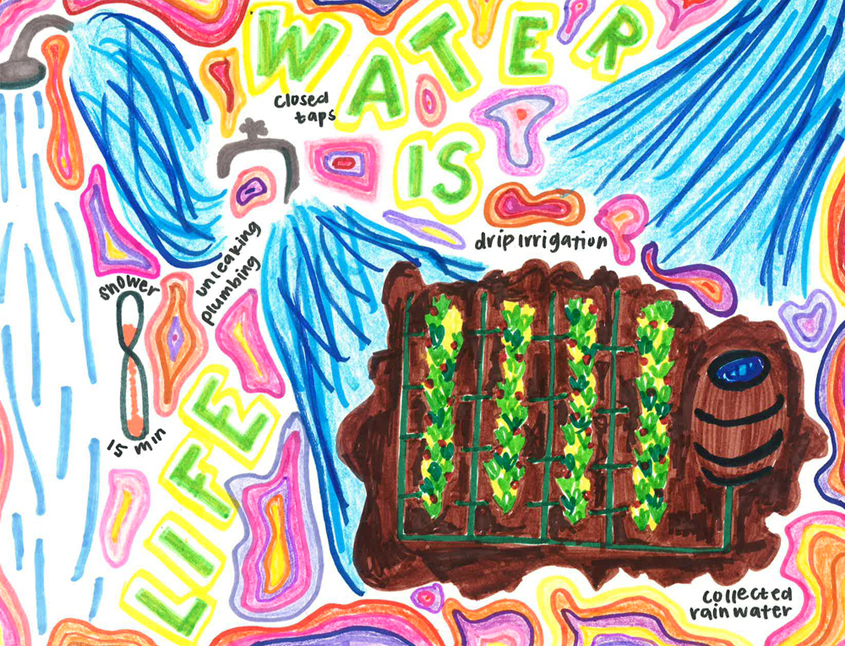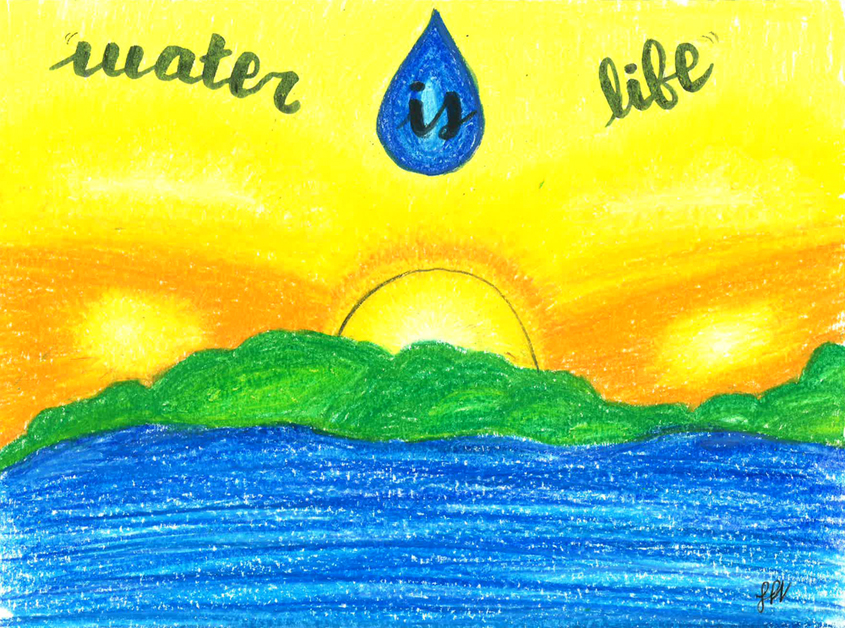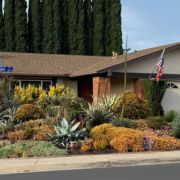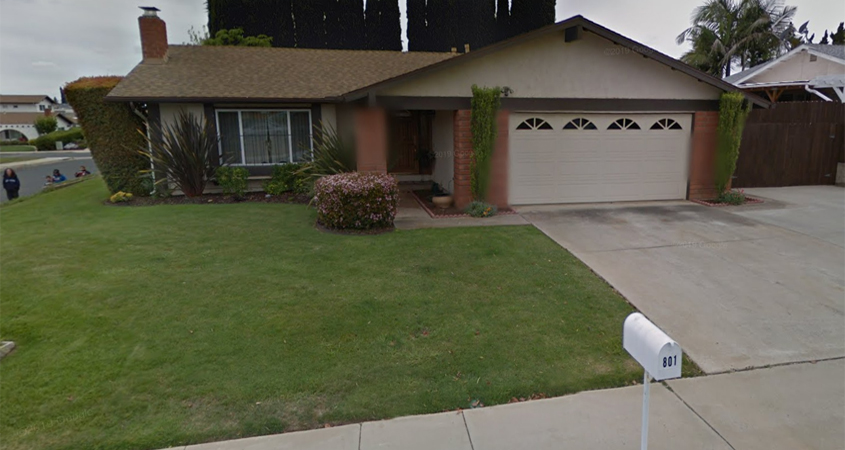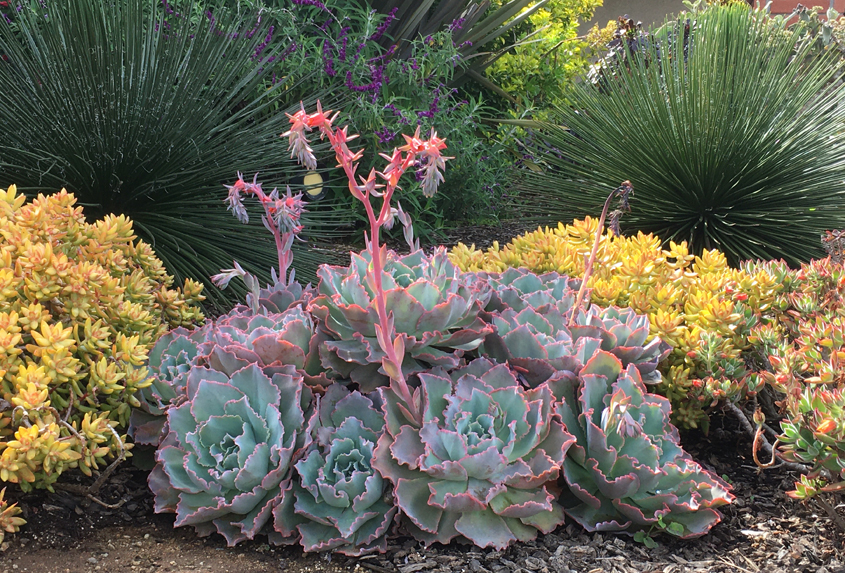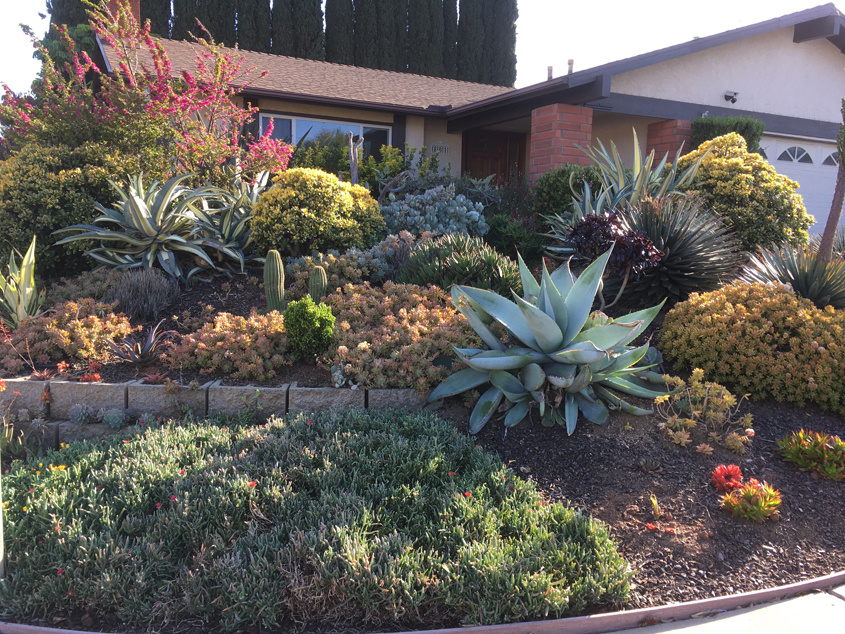Follow Four Key Principles for Successful Sustainable Landscaping
Efficient water use is an important responsibility that comes along with the benefits of living in San Diego County’s beautiful Mediterranean climate.
No matter whether your landscaping is just a few square feet alongside a small front porch, or covers many acres on a luxury estate, San Diego County residents have learned to embrace sustainability as a central principle for creating or renovating their landscapes. Irrigation is among the highest uses of water for most homeowners.
Treating every garden, no matter its size, as its own mini-watershed allows it to capture and retain water to nurture a diverse habitat of plants and helpful insects.
Watersmart living not only saves money, but it creates vibrant yards, reduces energy use, protects our natural resources, and reduces landscape maintenance. It may even improve property values. It also creates a shared sense of purpose about how we use our limited water supplies.
What elements do you need to consider when taking a watershed approach to your landscape?
Learn Four Key Principles of Sustainable Landscaping
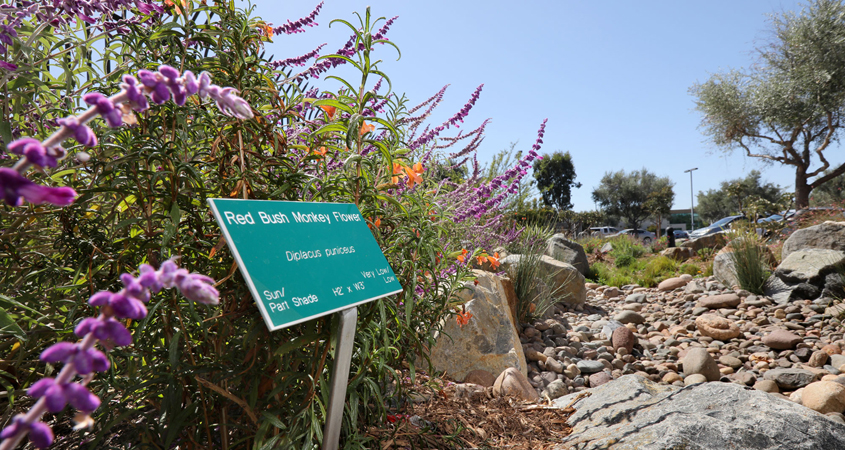
The four principles of sustainable landscaping are on display at the San Diego County Water Authority’s Sustainable Landscaping Demonstration Garden at its Kearny Mesa office in San Diego. Photo: San Diego County Water Authority
The formula for successful sustainable landscaping includes four key principles:
- Healthy, Living Soils: Healthy, living soils rich in organic content feed a complex soil food web. The soil holds water like a sponge, and has nutrients for optimal plant health.
- Climate Appropriate Plants: Many choices of beautiful groundcovers, shrubs, and trees are compatible with San Diego’s mild Mediterranean climate. These plants use less water and display diverse colors, textures, and shaped with endless design options.
- Rainwater as a Resource: Sustainable landscapes make the most of natural rainfall. Slowing the flow of water off rooftops and hard surfaces allow it to be captured and sink into the soil or be stored for later use.
- High-Efficiency Irrigation: Your irrigation can maximize water-use efficiency through smart controllers to adjust water automatically to changing weather conditions, and high-performance distribution components to regulate pressure and tailor water delivery to the exact needs of your landscape plants.
The four principles of successful sustainable landscaping are on display at the San Diego County Water Authority’s Sustainable Landscaping Demonstration Garden at its Kearny Mesa office in San Diego.
The 3,000-square-foot garden can be viewed by the public. It includes informational signage introducing visitors to key sustainable landscaping principles. Specific plant types that grow successfully in the region’s climate are also identified. Many are Southern California natives.
This article is part of a year-long series inspired by the 71-page Sustainable Landscapes Program guidebook. The Water Authority and its partners also offer other great resources for landscaping upgrades, including free WaterSmart classes at WaterSmartSD.org.

